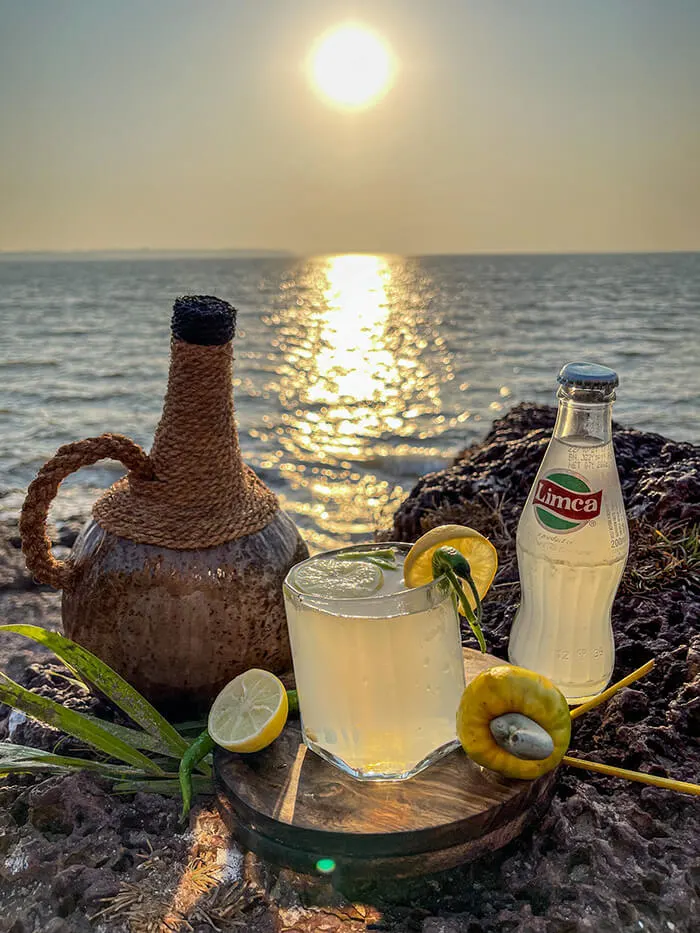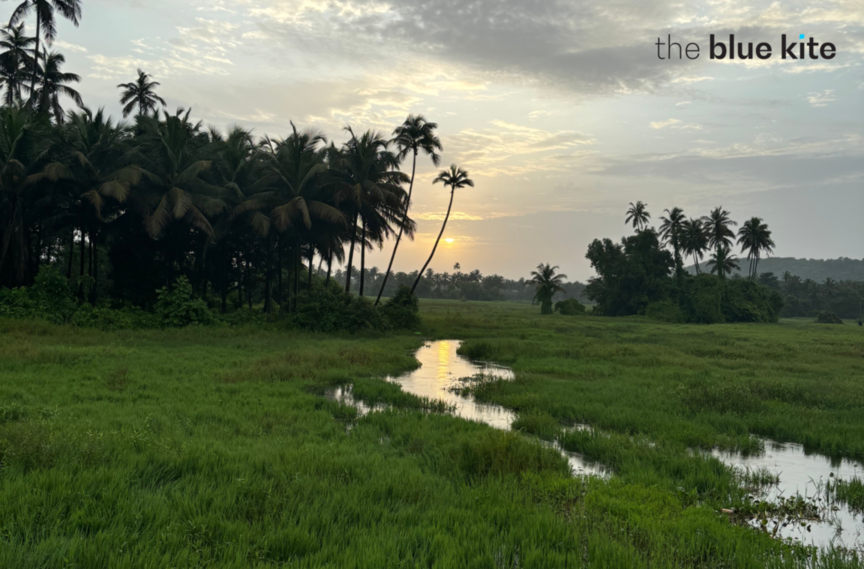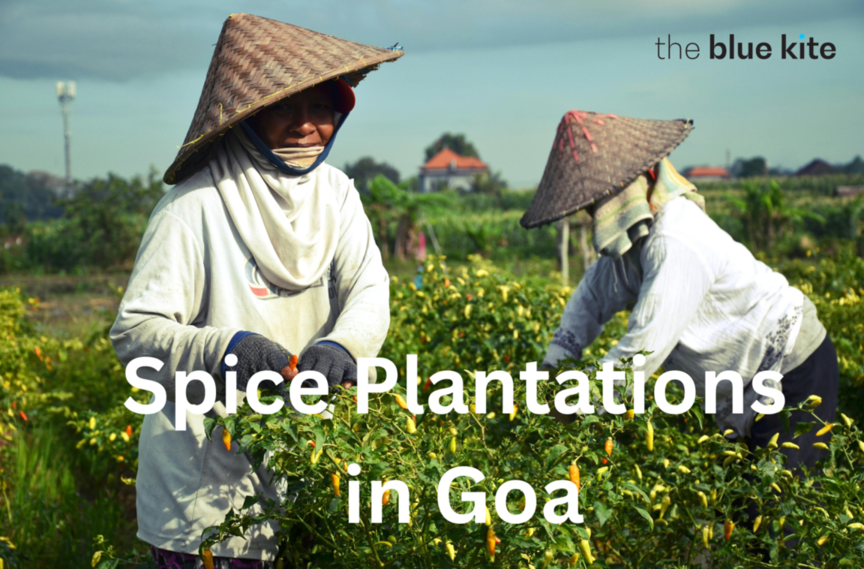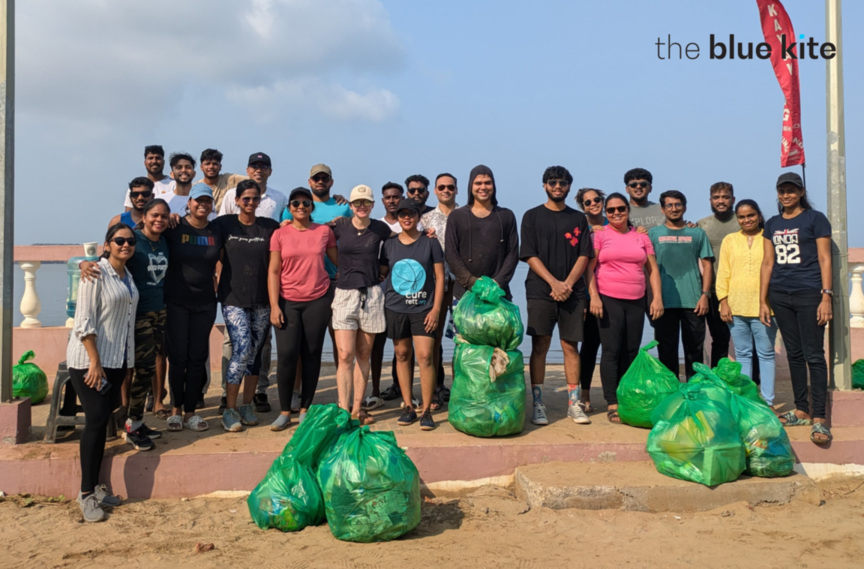Urrak Season in Goa: Celebrate the Spirit of Spring
 Spring arrives in Goa between the months of February and April.
Spring arrives in Goa between the months of February and April.
It is a magical time when trees across the entire state start to shake away the effects of winter, their wilted flowers give way to delicious fruit. Amongst all this greenery, one tree in particular reigns supreme: the cashew tree. Its fruit, the cashew apple, is where we get Goa's famous cashew nuts but it hides another secret up its sleeve.
In Goa, spring is the season of Urrak.
While some of us are acquainted with feni, the spirit made from the fermented juice of the cashew apple, only the lucky few have had the opportunity to taste Urrak. Slightly less potent than feni and with a much shorter shelf life, Urrak is made from the first distillation of the cashew apple fermentation.
Urrak season in Goa is a time of celebration. The drink itself has been prepared in the Goan region for centuries and is integral to the local way of life. Special occasions like weddings, festivals and other celebrations that take place during this season are often graced by the presence of this delicious spirit.
How is Urrak produced?
During the months of March to May, ripe cashew apples are harvested and washed to remove any dirt or debris. Then the fun begins. The clean apples are crushed, traditionally under foot by members of the community which breaks down the fruit into pulp. The collected pulp is mixed with water and sugar, and left to ferment in large earthenware jars for about three to four days. The natural yeast in the cashew apples converts the sugar into alcohol.
The first product of this process is Niro, slow-pressed cashew apple juice which has a shelf life of just a few hours, quite like palm toddy.
Niro is gathered in terracotta pots and buried for a few days. This part of the fermentation process results in a mixture that is then distilled, resulting in a clear, colorless liquid with a proof of around 15-20%.
With families and communities coming together every year to harvest cashew apples and prepare the drink, the production of Urrak is largely unorganized and forms an essential component of Goa's local economy. Several families and small businesses rely on the production and sale of the drink for their livelihoods. The industry employs a sizeable number of the Goan population, and the drink is exported to other parts of India and around the world.
For tourists, the urrak season in Goa is a unique opportunity to experience the region's culture and traditions. A growing number of visitors to Goa specifically request sampling tours to learn more about the process of its production. If you're planning a visit, Urrak is often served in local bars and restaurants, on a "special" menu.
Urrak and Goan Culture
First planted in Goan lands by Portuguese hands in the 1700s, cashew plants have long since found their way into even the deepest of the state's hinterlands.
According to the former secretary of the Goa chapter of the Botanical Society of Goa - India, Miguel Braganza, native Goans have been fermenting and drinking these spirits ever since. Every year, Urrak and Goan culture have been inextricably linked together.
Goans celebrate various festivals where Urrak holds a place of honour:
Urrak Festival at the Chitari Temple
This festival takes place at the Chitari Temple in the town of Ponda. The festival involves a procession of devotees carrying the idol of the deity, Lord Betal, around the temple.
During the procession, people offer urrak to the deity as a symbol of their devotion. After the procession, there is a grand feast, where people can enjoy traditional Goan dishes and locally-made urrak.
Fama Festival
The Fama Festival is held in the town of Colva, in South Goa, in honor of St. Francis Xavier, a patron saint of Goa.
The festival involves a procession of the saint's statue from the Basilica of Bom Jesus in Old Goa to the Colva Church. During the procession, people offer urrak and other local delicacies to the saint.
After the procession, there is a carnival-like atmosphere, with music, dance, and food stalls serving traditional Goan dishes and urrak.
San Joao Festival
The San Joao Festival is celebrated across Goa and is also known as the Feast of St. John the Baptist. The festival involves people jumping into wells and ponds, as a symbol of purification and renewal.
During the festival, people drink urrak and enjoy traditional Goan dishes, such as sanna (rice cakes), sorpotel (spicy pork dish), and vindaloo (spicy meat dish). The festival is also known for its music and dance performances, and is a fun and lively celebration of Goan culture.
Urrak and Goan Cuisine
Urrak is an acquired taste for many but those who get used to its bouquet of complex flavours swear by a cocktail that combines it with lemonade of Limca with a dash of lime and chili. Restaurants across the coastal state have developed their own recipes to reinvent Urrak and Goan cuisine:
Urrak Mojito at The Lazy Goose | Location: https://goo.gl/maps/1ycitSjfvXpBsmVB6
Rum is replaced with urrak in this Goan twist on the beach classic.
Theek Mirsang at The Black Sheep Bistro | Location: https://goo.gl/maps/5arn5UNxZBDUhopv7
Urrak is blended with fruit pulp and fresh jalapenos for a zingy mixture that bites back.
Take The Plunge at Carlito's By The Sea | Location: https://goo.gl/maps/CJDWmjDFQtQh1MJh9
Carlito's mixologists have found a way to combine Urrak with Beer for an unexpected surprise.
But cocktails aren't the end of the story when it comes to Urrak and cuisine. Chefs across the ages have made use of the spirit to add layers of complexity to their local dishes, some of which are described below:
Sorpotel
A spicy pork dish that is made with a variety of spices, including cinnamon, cloves, and cumin, as well as vinegar and urrak. This dish is typically served with sanna or rice, and is a staple during the monsoons.
Vindaloo
Another popular dish that is made with meat, typically pork or chicken, that has been marinated in a mixture of vinegar, spices, and urrak. The meat is then cooked in a spicy sauce that includes chili peppers, ginger, and garlic, and is served with sanna or rice.
Other dishes that are traditionally served during the urrak season include xacuti, a spicy curry made with chicken or beef, and feijoada, a hearty stew made with beans, pork, and sausage. These dishes are often enjoyed with a glass of urrak, which helps to cut through the spiciness of the curries and adds a unique flavor to the meal.
Safety first
As much as the Urrak season in Goa is an integral part of the region's culture and cuisine, it's important to remember the importance of responsible drinking during the Urrak season. Excessive drinking can have harmful effects on one's health, and can also pose a risk to the safety of others.
It's essential to enjoy Urrak in moderation and to prioritize safety when consuming it. Avoid driving after drinking and remember to stay hydrated.
Come experience this essential part of Goan culture for yourself to appreciate the rich history and traditions that surround this unique beverage.





